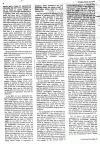Not really I used to own Bowers and Wilkins 800 Diamond D2 and they were very nice! I since then sold them to try something new and different!You don't seem to be the only one concerned about the use of speakers from B&W in these studios, but can you or anyone else who has these concerns point to any music content that has been affected in a bad way by the use of the B&W speakers?
Do you have examples of recordings where you can say: “Listen to these albums how strange the tonality balance is, it’s so obvious it mirrors the problems in the B&W speakers frequency response”?
-
WANTED: Happy members who like to discuss audio and other topics related to our interest. Desire to learn and share knowledge of science required. There are many reviews of audio hardware and expert members to help answer your questions. Click here to have your audio equipment measured for free!
You are using an out of date browser. It may not display this or other websites correctly.
You should upgrade or use an alternative browser.
You should upgrade or use an alternative browser.
Which speakers are the Classical Music Pros using?
- Thread starter tuga
- Start date
mkt
Senior Member
- Joined
- Jan 6, 2020
- Messages
- 338
- Likes
- 465
Audite a small German label with a long history of 5.1 recording and now doing atmos. Not much about the speakers in the article. Neumann KH120 ceiling speakers are mentioned. And do the LRC look like Geithain?

Those are Geithain speakers, yes.Audite a small German label with a long history of 5.1 recording and now doing atmos. Not much about the speakers in the article. Neumann KH120 ceiling speakers are mentioned. And do the LRC look like Geithain?

RL901K indeedThose are Geithain speakers, yes.
I wonder why not too many studios use KEF Speakers especially because they measure so well!
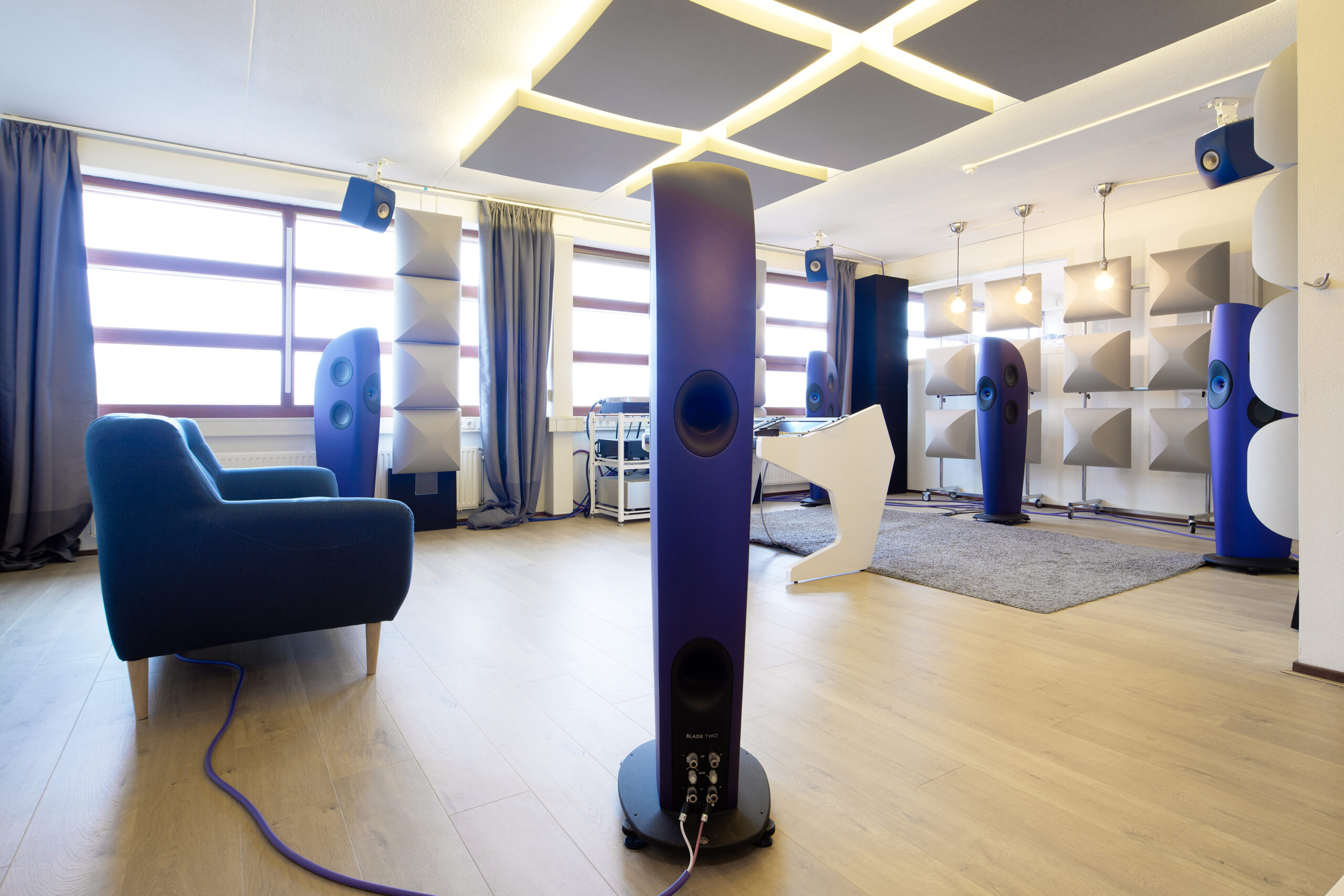
 trptk.com
trptk.com

Studio
TRPTK • Recording the extraordinary. High-resolution, immersive recordings of contemporary artists in classical music and jazz. Buy hi-res downloads up to DXD 32bit, Dolby Atmos TrueHD, DTS:X, Auro-3D, Hybrid SACDs, and vinyl.
I don't think the average mixing/mastering engineer (including the average classical music engineer) is more technically sophisticated than the average ASR poster. There's a great deal of nonsense and subjectivity in pro audio with respect to not only monitors but also devices in the signal path.I wonder why not too many studios use KEF Speakers especially because they measure so well!

Studio
TRPTK • Recording the extraordinary. High-resolution, immersive recordings of contemporary artists in classical music and jazz. Buy hi-res downloads up to DXD 32bit, Dolby Atmos TrueHD, DTS:X, Auro-3D, Hybrid SACDs, and vinyl.trptk.com
An anecdote: When I was young, I had a summer job working for a purportedly respected classical music recordist. He had a subjective sense of what sounded good, but his technical knowledge and skills were nonexistent. When I saw him working in Pyramix (a very early version running on one of their bespoke WinXP machines), I couldn't believe what he was doing. He used whatever gear was recommended by his colleagues in Germany; he had no idea whether it was good and couldn't interpret measurements to save his life.
Ex demo available for 52,000 euros/pair:A £60,000 passive 2-way
Note the crossover frequency. The manufacturer's specifications indicate 400 hertz, which is a bit strange. Regardless of the driver used.
Rumor has it that Sony drivers are used. Perhaps Strauss received a bunch of Sony drivers as part of his salary.
It's funny that the horn is just a plain good old flat front Biradial™ 2380a with that terrible
Sony's use of these monitors is another instance of what I've observed about mixing/mastering engineers, quoted below -Ex demo available for 52,000 euros/pair:
View attachment 354482
Note the crossover frequency. The manufacturer's specifications indicate 400 hertz, which is a bit strange. Regardless of the driver used.
Rumor has it that Sony drivers are used. Perhaps Strauss received a bunch of Sony drivers as part of his salary.
It's funny that the horn is just a plain good old flat front Biradial™ 2380a with that terriblediffraction slot.
I don't think the average mixing/mastering engineer (including the average classical music engineer) is more technically sophisticated than the average ASR poster. There's a great deal of nonsense and subjectivity in pro audio with respect to not only monitors but also devices in the signal path.
Been to a few composers homes. Always genelec.
here we see k+h 300 I think and avatone
Big b&w are classic
here we see k+h 300 I think and avatone
Big b&w are classic
I installed a pair of Kii Threes into Max’s studio, I even met him briefly he was wearing make -up ( photo shoot) it was all a bit disconcerting.
Sadly that particular pair were particular bothersome two or three returns to Kii, then his technician left no-one knew how anything worked …
I became quite familiar with rural Oxfordshire.
Keith
Sadly that particular pair were particular bothersome two or three returns to Kii, then his technician left no-one knew how anything worked …
I became quite familiar with rural Oxfordshire.
Keith
BDE
Active Member
- Joined
- Nov 11, 2020
- Messages
- 135
- Likes
- 275
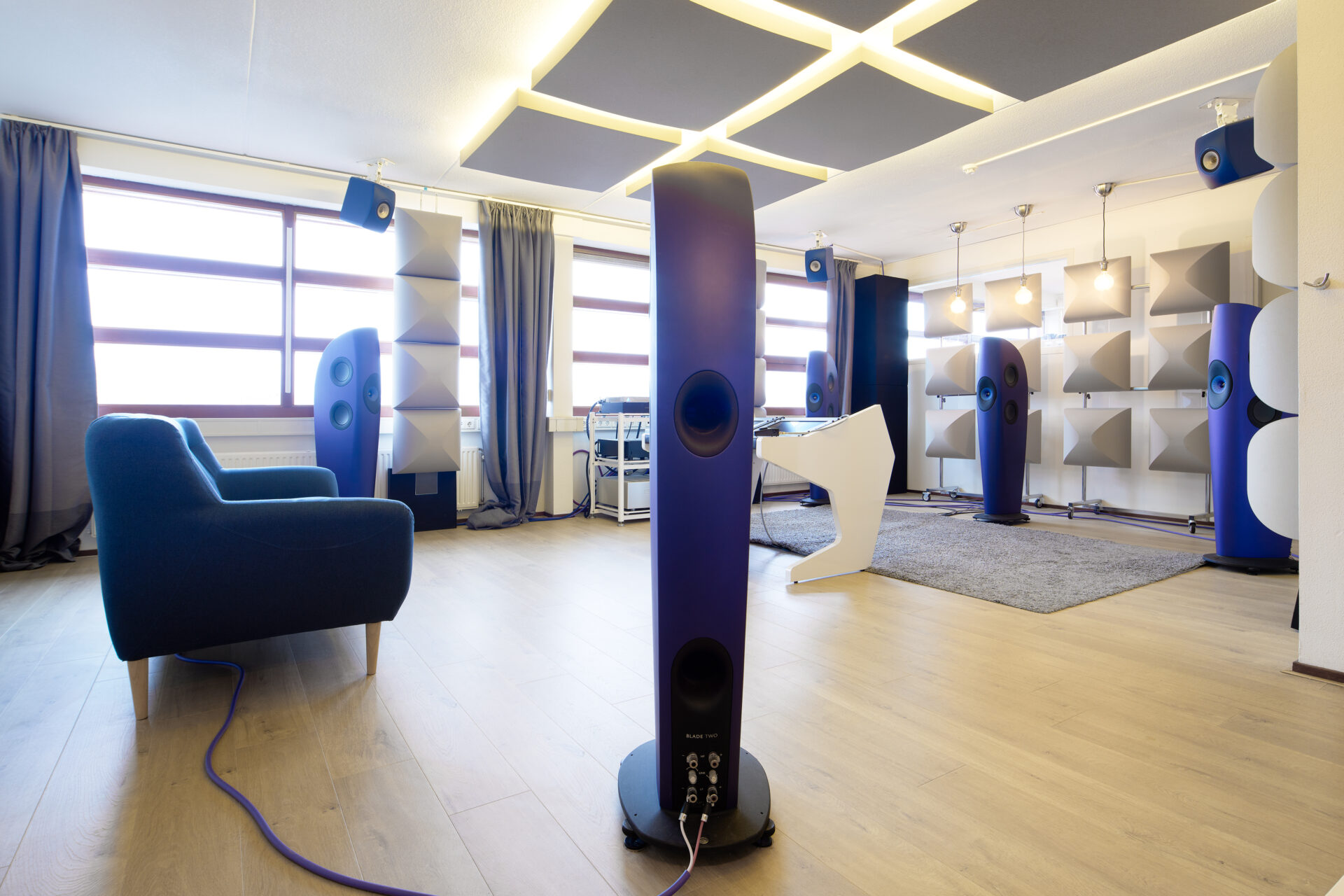
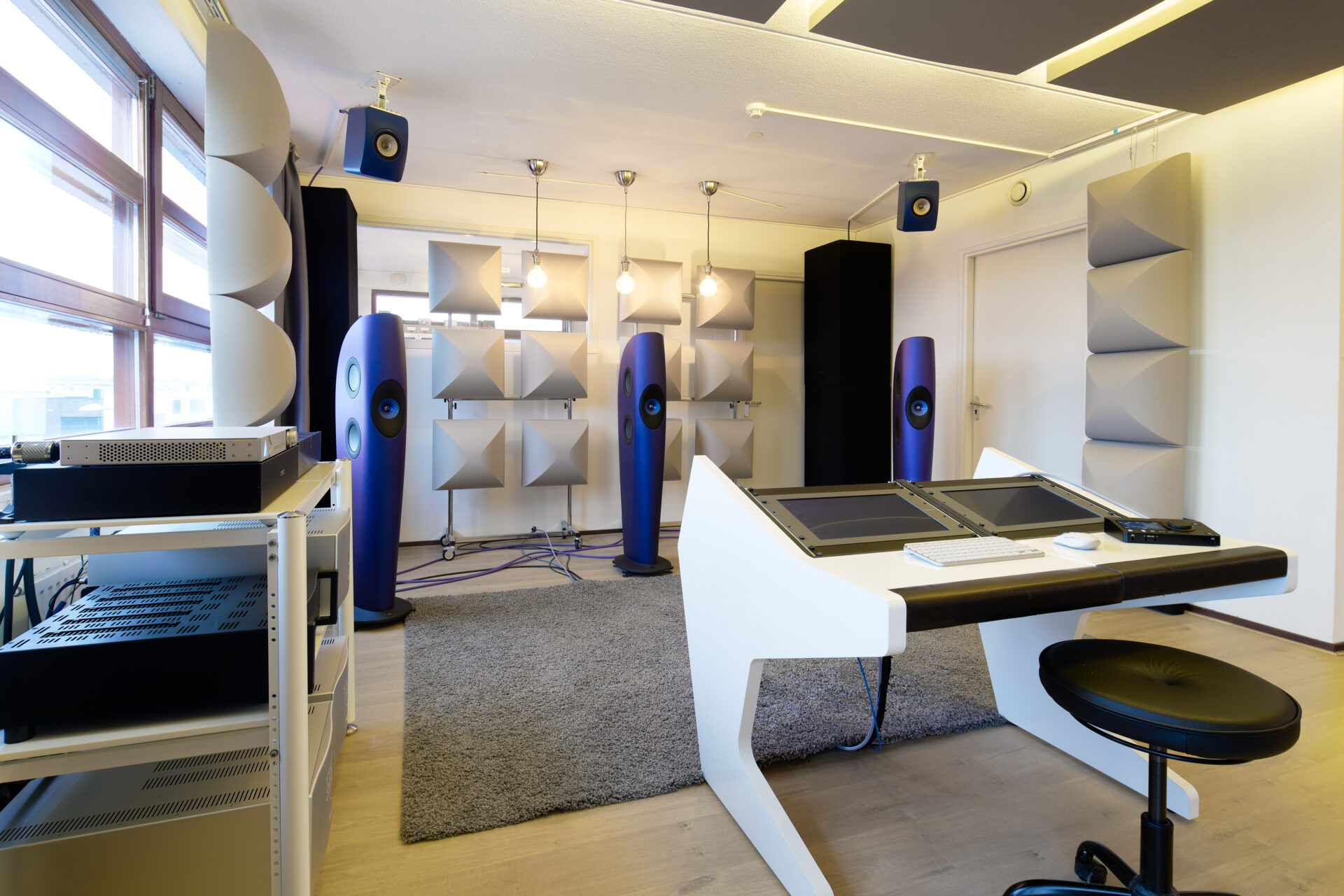

Studio
TRPTK • Recording the extraordinary. High-resolution, immersive recordings of contemporary artists in classical music and jazz. Buy hi-res downloads up to DXD 32bit, Dolby Atmos TrueHD, DTS:X, Auro-3D, Hybrid SACDs, and vinyl.trptk.com
I guess with 5 Meta Blade 2 no need for subwoofers
I suspect there are some subs hidden there since he releases 5.1 and 5.1.4 recordings.I guess with 5 Meta Blade 2 no need for subwoofers
That's what I thought they were hidden but here's a list from their website. Perhaps they assume there's no point in mentioning the subwoofers?I suspect there are some subs hidden there since he releases 5.1 and 5.1.4 recordings.

Studio
TRPTK • Recording the extraordinary. High-resolution, immersive recordings of contemporary artists in classical music and jazz. Buy hi-res downloads up to DXD 32bit, Dolby Atmos TrueHD, DTS:X, Auro-3D, Hybrid SACDs, and vinyl.
Equipment
Microphones- 7x Josephson Engineering C617 w/ Gefell MK221 capsules
- 4x Josephson Engineering C42
- 4x Ehrlund EHR-M
- 4x Singular Audio f-48
- 2x Grace Design m801m2
- 2x Merging Technologies Hapi MkII
- 2x Merging Technologies Hapi MkII
- 1x Merging Technologies Anubis
- 1x Grimm Audio CC2 master clock
- 5x KEF Blade Two (main L-R-C-Ls-Rs)
- 4x KEF LS50 Meta (main Tl-Tr-Trl-Trr)
- 3x Hegel H30 amplifiers
- 1x Hegel C55 amplifier
- 1x Merging Technologies Anubis monitor controller
- 2x Audeze LCD-X headphones
- 1x Sennheiser HD800s headphones
- Dolby Atmos production suite
- DTS:X production suite
- Auro-3D production suite
- 2x KEF LS50 Custom Active Balanced
- 2x Audeze LCD-X headphones
- 1x Sennheiser HD800s headphones
- 1x Merging Technologies Anubis monitor controller
- 5x Purecable Optimus custom microphone cables
- 4x Purecable Optimus Power cables
- 4x Purecable Optimus High Power cables
- 1x Purecable DIG75 master clock cables
- 2x Grimm Audio TPR-8 breakout cables
- 11x Furutech custom ⍺-OCC loudspeaker cables
- 2x Pura the Sauropoda power filter
- 1x Pura the Dodo custom-made linear power supply
- 1x Pura the Nautilus power distributor
- 1x JCAT M12 Switch Gold
- 2x JCAT NET Card XE
- 1x JCAT Optimo 3 Duo linear power supply
- 1x Computer Audio Design GC3
- 1x Computer Audio Design GC1
- 24x Furutech NCF Boosters
I've seen that listing before but, despite that, I have my suspicions. What are those black things under the L/R sidewall acoustical bubbles?
Last edited:
I believe some acoustic panels they appear to be about 4 inches thick.I've seen that listing before but, despite that, I have my suspicions. What are those black things under the L/R sidewall acoustical bubbles?
As I was reading up on crossovers, I came by this by mr Siegfried Linkwitz on the Linkwitz lab site. https://linkwitzlab.com/models.htm#H
Around 3 kHz our hearing is less sensitive to diffuse fields. Recording microphones, though, are usually flat in frequency response even under diffuse field conditions. When such recordings are played back over loudspeakers, there is more energy in the 3 kHz region than we would have perceived if present at the recording venue and a degree of unnaturalness is introduced.
This applies primarily to recordings of large orchestral pieces in concert halls where the microphones are much closer to the instruments than any listener. At most listening positions in the hall the sound field has strong diffuse components.
I use a dip of 4 dB (x1.gif, 2760NF) to equalize for this. [...]
I have found through my own head-related recordings of symphonic music that the dip adds greater realism, especially to large chorus and to soprano voice and allows for higher playback levels.» - Siegfried Linkwitz, https://linkwitzlab.com/models.htm#H
Also posted is the BBC article:

H. D. Harwood (BBC Research Department), Some factors in loudspeaker quality, Wireless World, May 1976, p.48.
Maybe the BBC-dip is not so bad after all? Linkwitz suggests an on/off switch
Dagfinn
«- Psycho-acoustic 3 kHz dip
Our perception of loudness is slightly different for sounds arriving frontally versus sounds arriving from random directions at our ears. The difference between equal-loudness-level contours in frontal free-fields and diffuse sound fields is documented, for example, in ISO Recommendation 454 and in E. Zwicker, H. Fastl, Psycho-acoustics, p. 205. Diffuse field equalization of dummy-head recordings is discussed in J. Blauert, Spatial Hearing, pp. 363, and headphone diffuse field equalization by G. Theile in JAES, Vol. 34, No. 12. Reference to a slight dip in the 1 to 3 kHz region for loudspeaker equalization is made in H. D. Harwood (BBC Research Department), Some factors in loudspeaker quality, Wireless World, May 1976, p.48.Around 3 kHz our hearing is less sensitive to diffuse fields. Recording microphones, though, are usually flat in frequency response even under diffuse field conditions. When such recordings are played back over loudspeakers, there is more energy in the 3 kHz region than we would have perceived if present at the recording venue and a degree of unnaturalness is introduced.
This applies primarily to recordings of large orchestral pieces in concert halls where the microphones are much closer to the instruments than any listener. At most listening positions in the hall the sound field has strong diffuse components.
I use a dip of 4 dB (x1.gif, 2760NF) to equalize for this. [...]
I have found through my own head-related recordings of symphonic music that the dip adds greater realism, especially to large chorus and to soprano voice and allows for higher playback levels.» - Siegfried Linkwitz, https://linkwitzlab.com/models.htm#H
Also posted is the BBC article:
H. D. Harwood (BBC Research Department), Some factors in loudspeaker quality, Wireless World, May 1976, p.48.
Maybe the BBC-dip is not so bad after all? Linkwitz suggests an on/off switch
Dagfinn
Attachments
olieb
Senior Member
- Joined
- Jul 1, 2023
- Messages
- 356
- Likes
- 583
To make the connection to the speakers of classic pros. Here is a snippet from an interview with Joachim Kiesler of Geithain about the way they deal with the directivity around 3 kHz.As I was reading up on crossovers, I came by this by mr Siegfried Linkwitz on the Linkwitz lab site. https://linkwitzlab.com/models.htm#H
...
Maybe the BBC-dip is not so bad after all? Linkwitz suggests an on/off switch
Dagfinn
"What's important is tonal neutrality, correct localisation and a correct sense of distance. This is achieved, among other things, by not splitting the radiation of a loudspeaker across drivers that are more or less far apart, as is often the case with multi-way systems [ME Geithain uses coaxial systems that are close to the ideal point source, the author]. In addition, the effect of the directional characteristic of a loudspeaker is often underestimated: Compared to other frequency ranges, the human ear rates direct sound between 2-4kHz about 2.5dB higher than diffuse sound, which must be taken into account when developing loudspeakers. Depending on the loudspeaker model and the associated optimum listening distance, we make sure, for example, that the loudspeaker is less focussed in the range between 2-4kHz. Otherwise, there would be an overemphasis in this range, which would not be conducive to sound colour fidelity or distance detection - the sound image would appear more present and subjectively closer to the listener."
Translated with DeepL.com (free version)

Firmen-Bericht Reportage Musikelektronic ME Geithain Interview
Firmenbericht Musikelectronic Geithain: Auf um die 0,3 Sekunden Nachhallzeit haben die Geithainer nämlich ihr Hörzimmer getrimmt - zum Vergleich: moderne, spärlich eingerichtete Wohnzimmer erreichen nicht selten durchschnittliche Nachhallzeiten von über 1
As I understand it the idea is to counter a (deliberate) dip on axis 8direct sound) with a wider directivity (diffuse sound) around 3 kHz.
- Joined
- Feb 27, 2018
- Messages
- 977
- Likes
- 1,078
I believe some acoustic panels they appear to be about 4 inches thick.
I agree, perhaps they are there to prevent the bottom of those bubbles hung by a couple of wires on top from hitting the radiators or wall behind them due to a draft in the room, versus those on the front wall which are on solid frames?
A friend just released a cello/piano duo recording made in the "Live Room" at Oktaven audiO, Mt. Vernon, NY. I thought it sounded realistic and well-balanced, so I looked up the studio website.Oktaven Audio
Tannoy
JBL
Barefoot
Focal
PMC
Equipment — Oktaven audiO
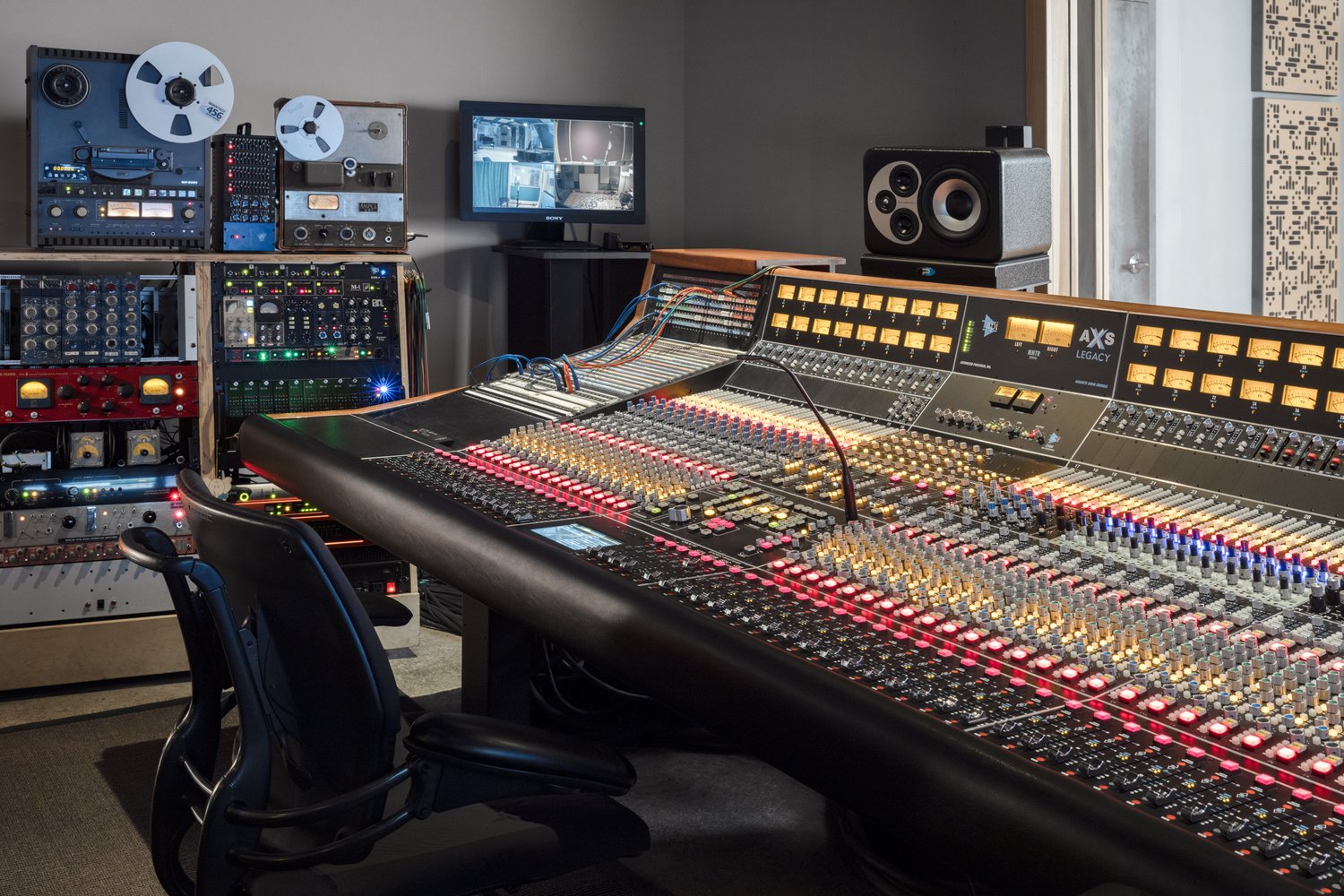
Similar threads
- Replies
- 4
- Views
- 450
- Replies
- 47
- Views
- 4K
- Replies
- 117
- Views
- 24K
- Replies
- 283
- Views
- 21K
- Replies
- 1
- Views
- 795

